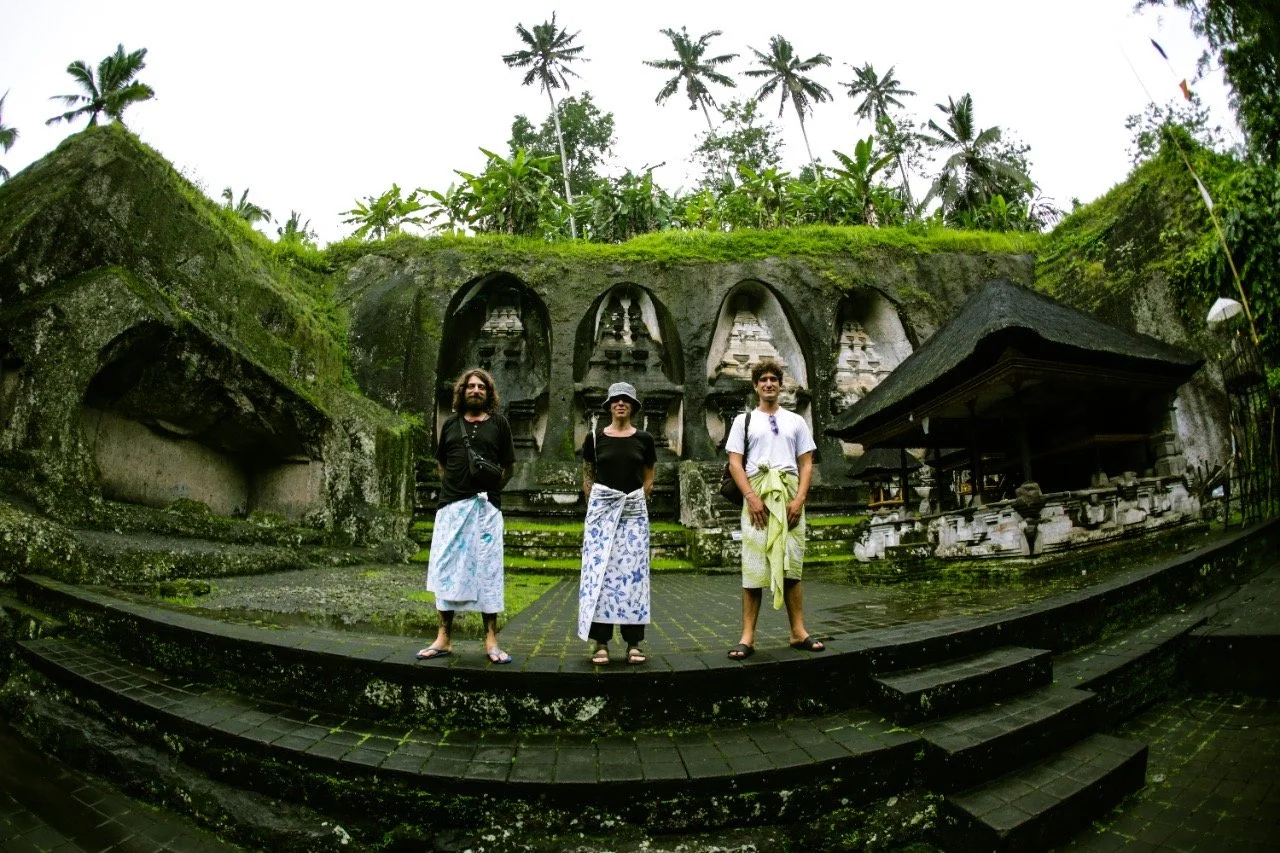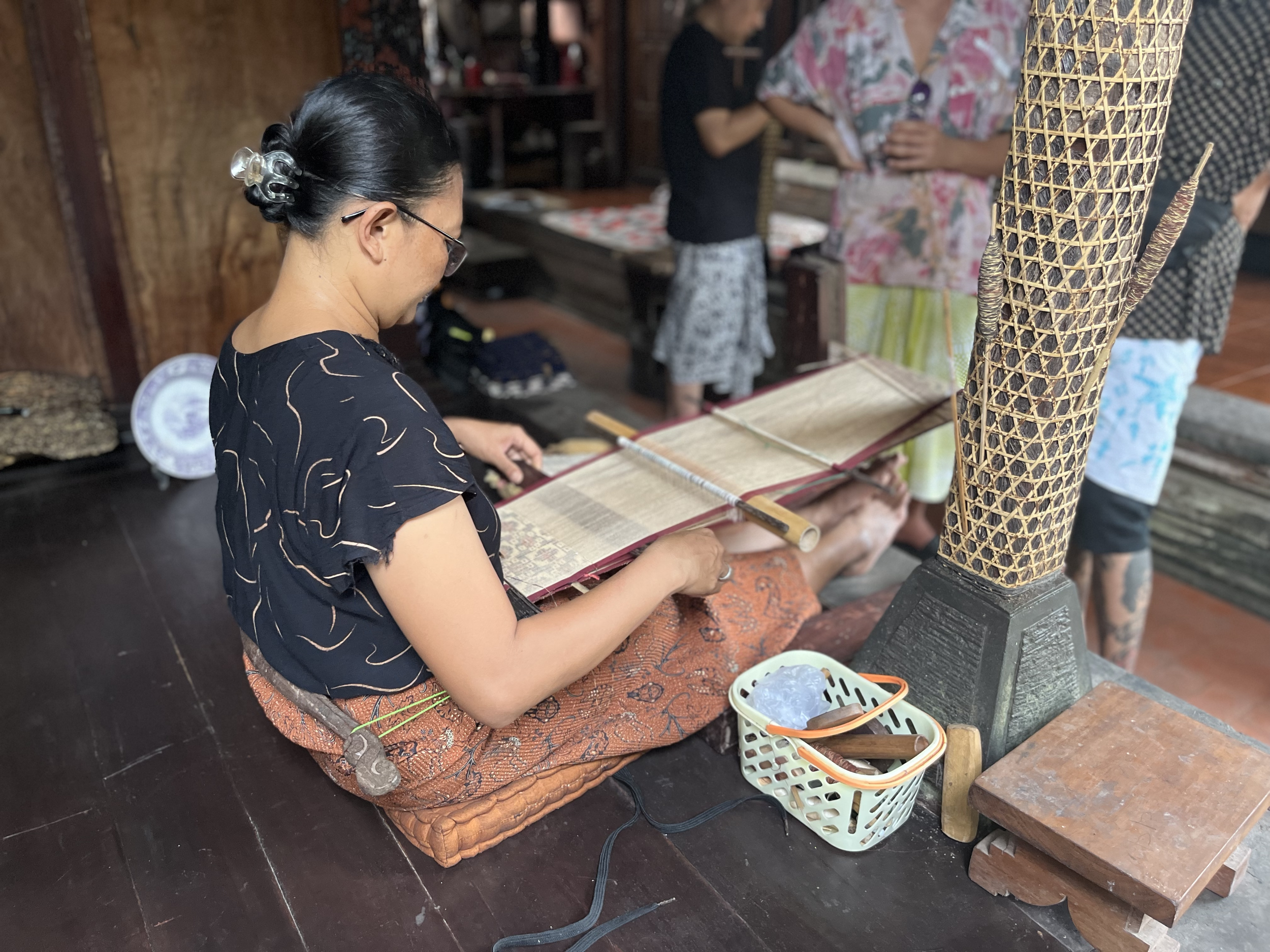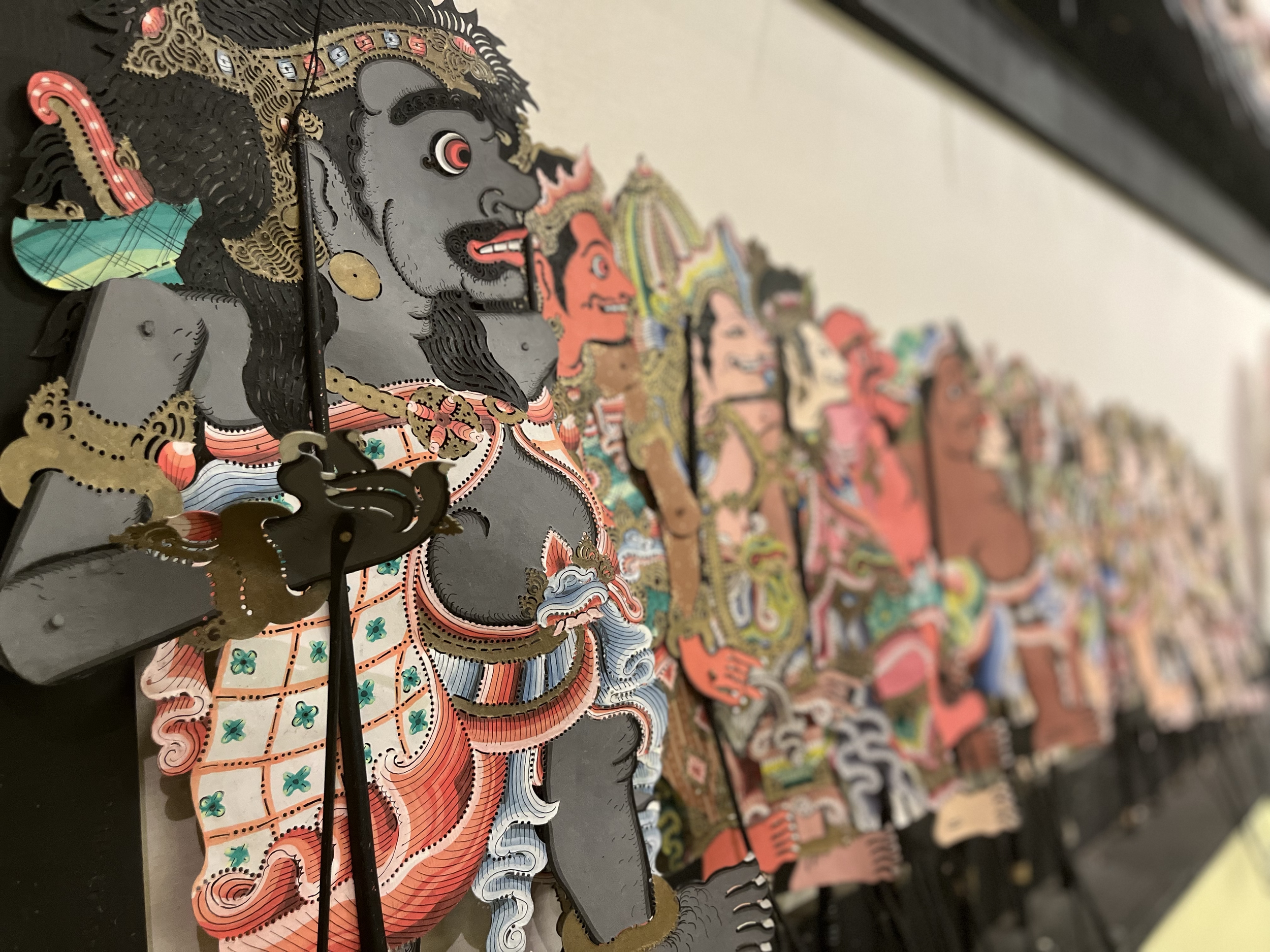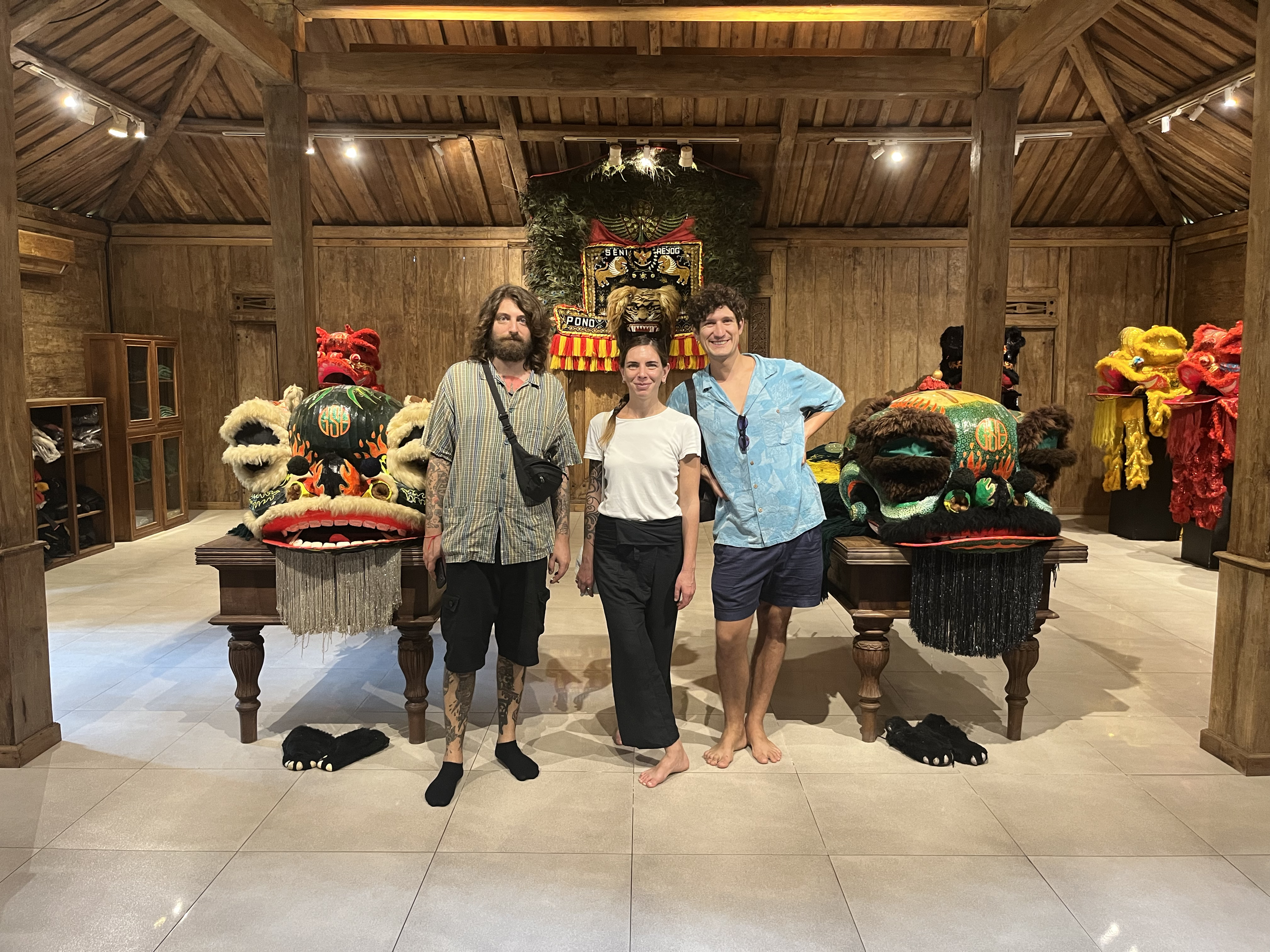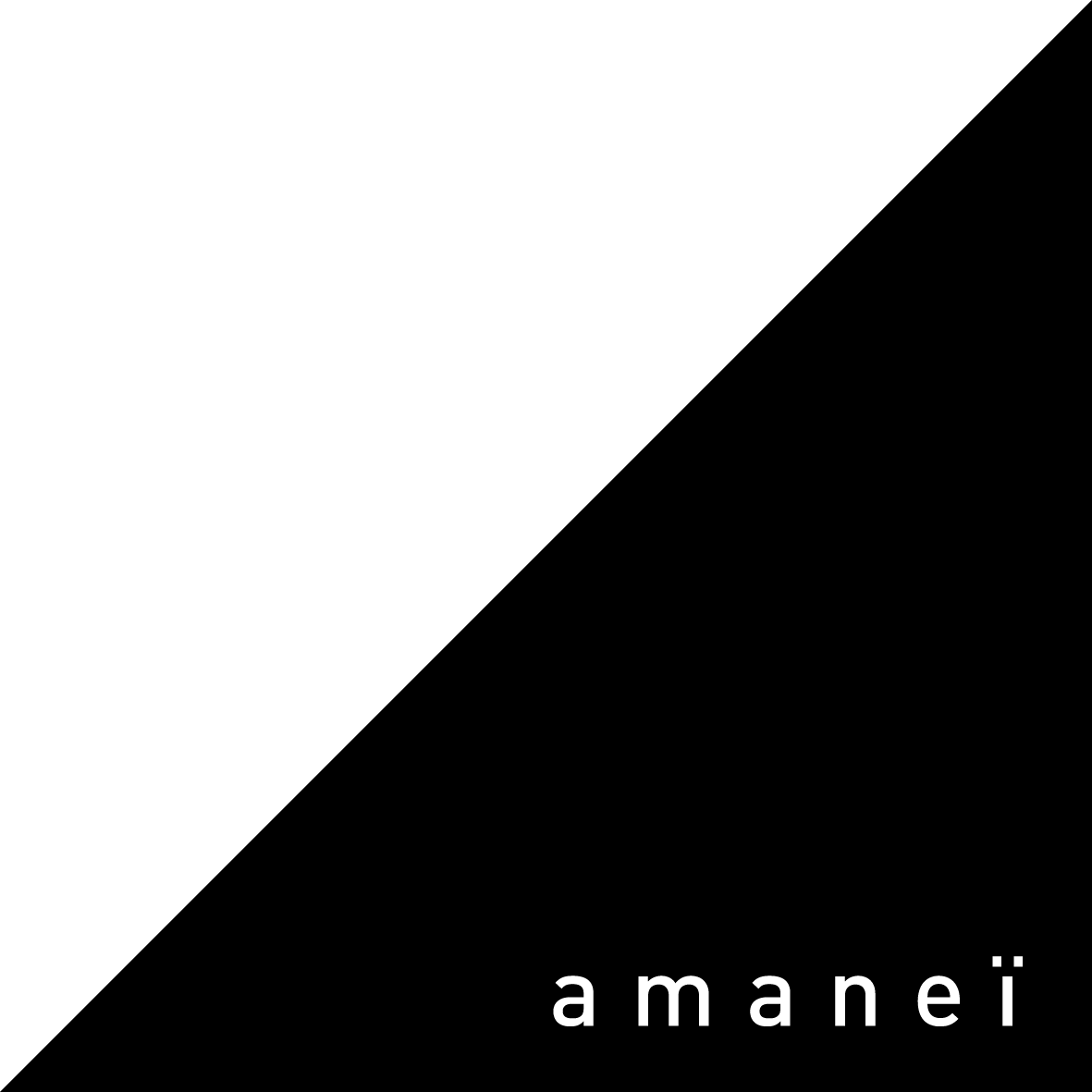FRANGIPANI | the traveling flower. islands to islands
a long-term Residency Exchange Program between Indonesia and Italy
This bilateral initiative facilitates the synergy between multidisciplinary artists interested in cross-cultural interactions. It promotes on-site theoretical and practical research of two artists+one curator from Italy in Indonesia (2022) and two artists+one curator from Indonesia in Italy (2023). The program, directed by Elettra Bottazzi and Restu Kusumaningrum, is hosted and supported by the cultural centers: Amaneï and Yayasan Bali Purnati (in collaboration with Losari Foundation).
The program aims to engage the involved participants in diverse environments and traditions, creating exchanges that dialogue and unite different landscapes and cultures. The islands of Java/Bali and Aeolian Islands/Sicily are far apart, but in these volcanic territories, the Frangipani flower blooms abundantly. The artists and their works, which have always traveled the world, are like seeds that flourish even in the most remote places, reminding us that culture, like nature, knows no boundaries.
In 2024, the outcome of both residencies will manifest in a group show, which will gather the artists’ and curators’ research and works. The exhibition will unfold the collected experiences into a plurality of voices and gazes, revealing the curators’ and artists’ ability to match different poetics and backgrounds, questioning “from which point of view we see” since our gaze is never neutral but often cultural.
On 19th December 2022, the artworks of Elia900 and Niccolò Masini will activate Yayasan Bali Purnati’s grounds and spaces. This showcase is the result and restitution of their research in Indonesia. Under the support of Maria Battaglia, director of the IIC Jakarta (Italian Cultural Institute), the event will showcase the developments of the project and the end of the first exchange cycle involving the Italian participant artists Elia900 and Niccolò Masini and the curator Elettra Bottazzi. Through the explorations of local stories and traditions, the artworks underline the main aspects of their transdisciplinary learning and process-based experimentations. The multilayered creation of meanings and minglings are the effects of the encounter between environments and cultures, suggesting a dialogue made of similarities and crossbreeding instead.
